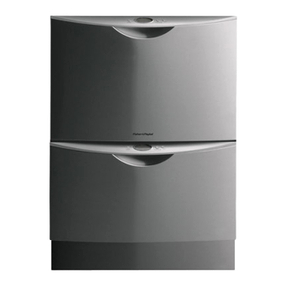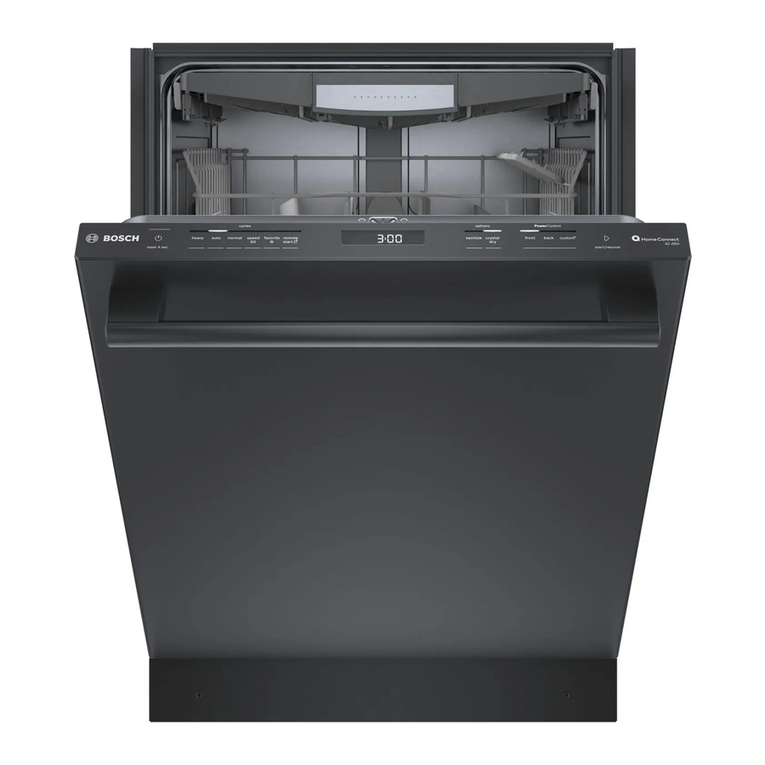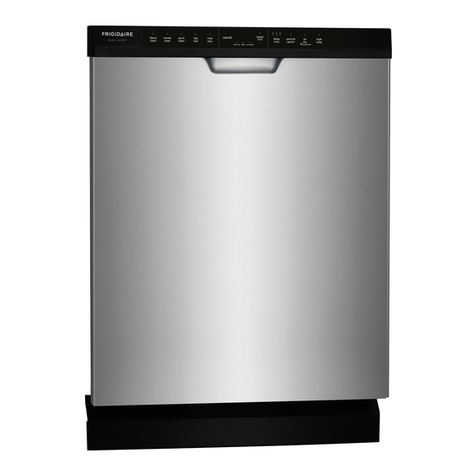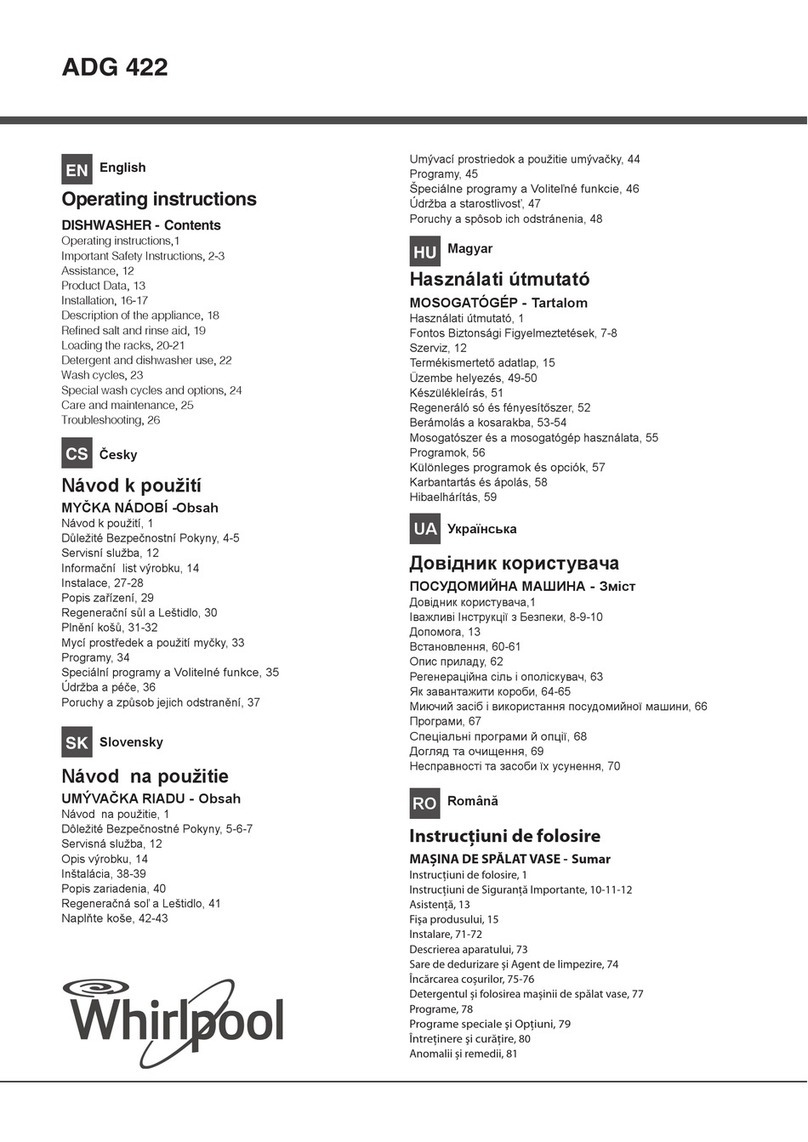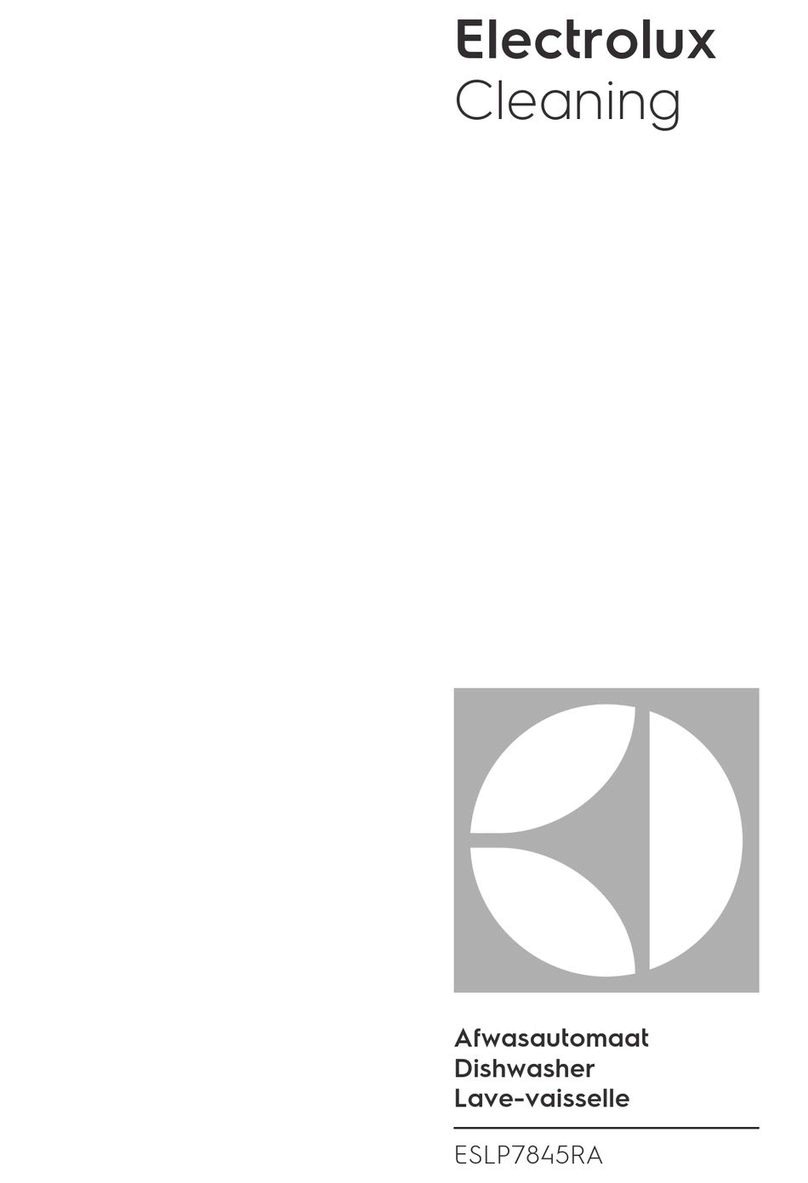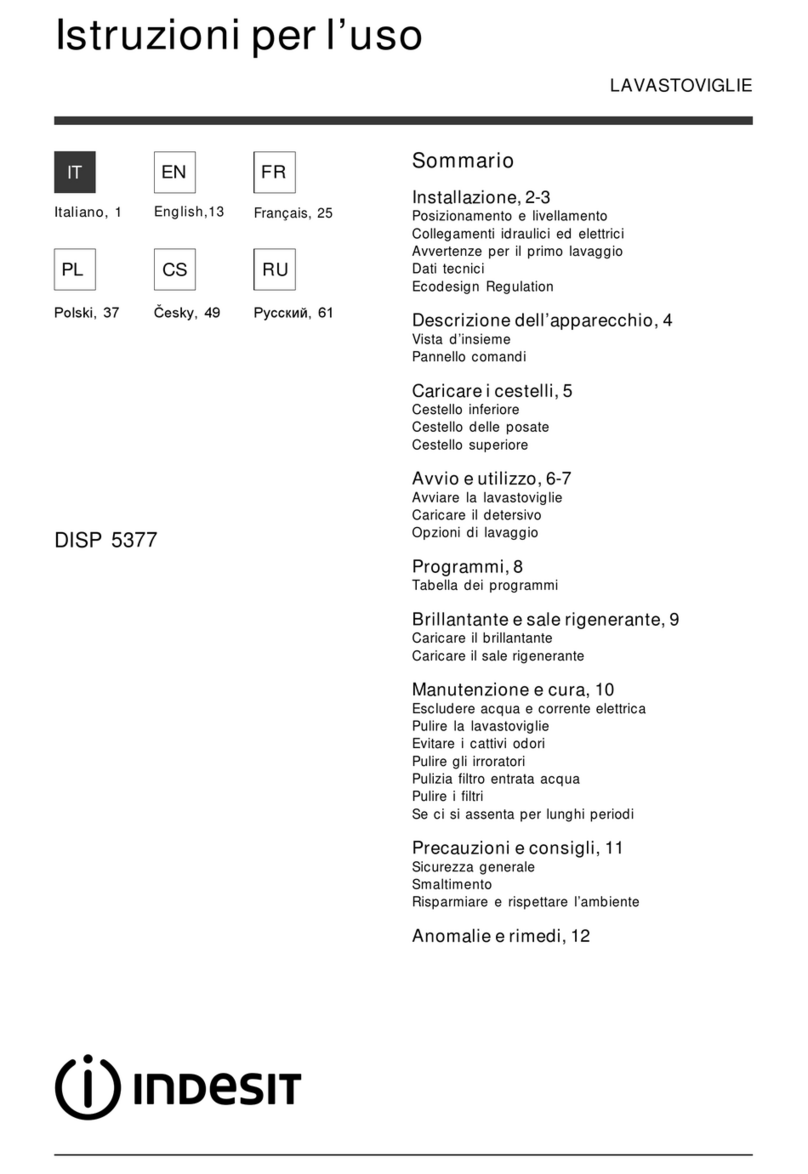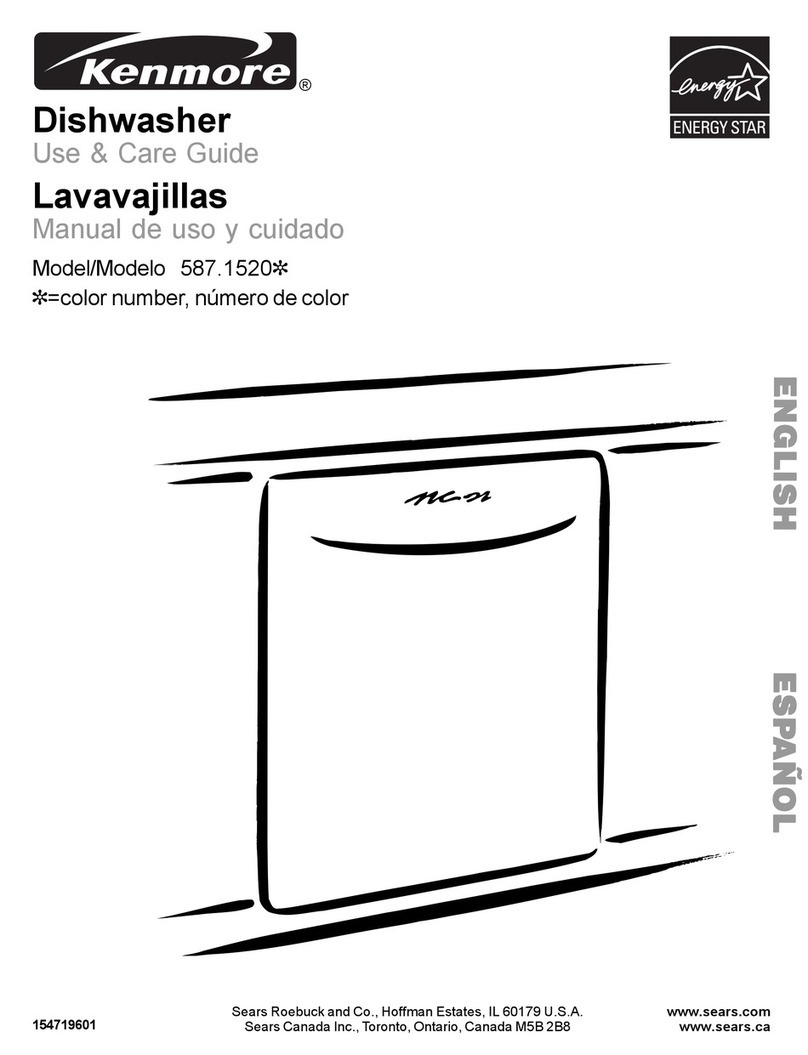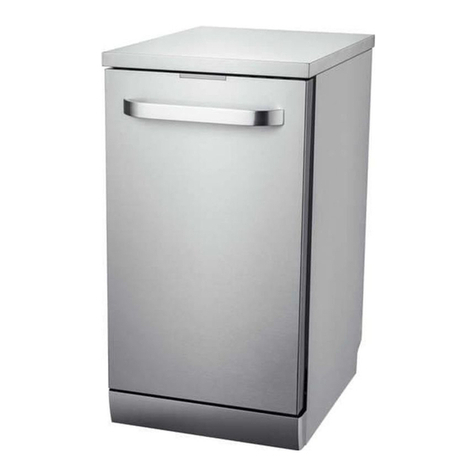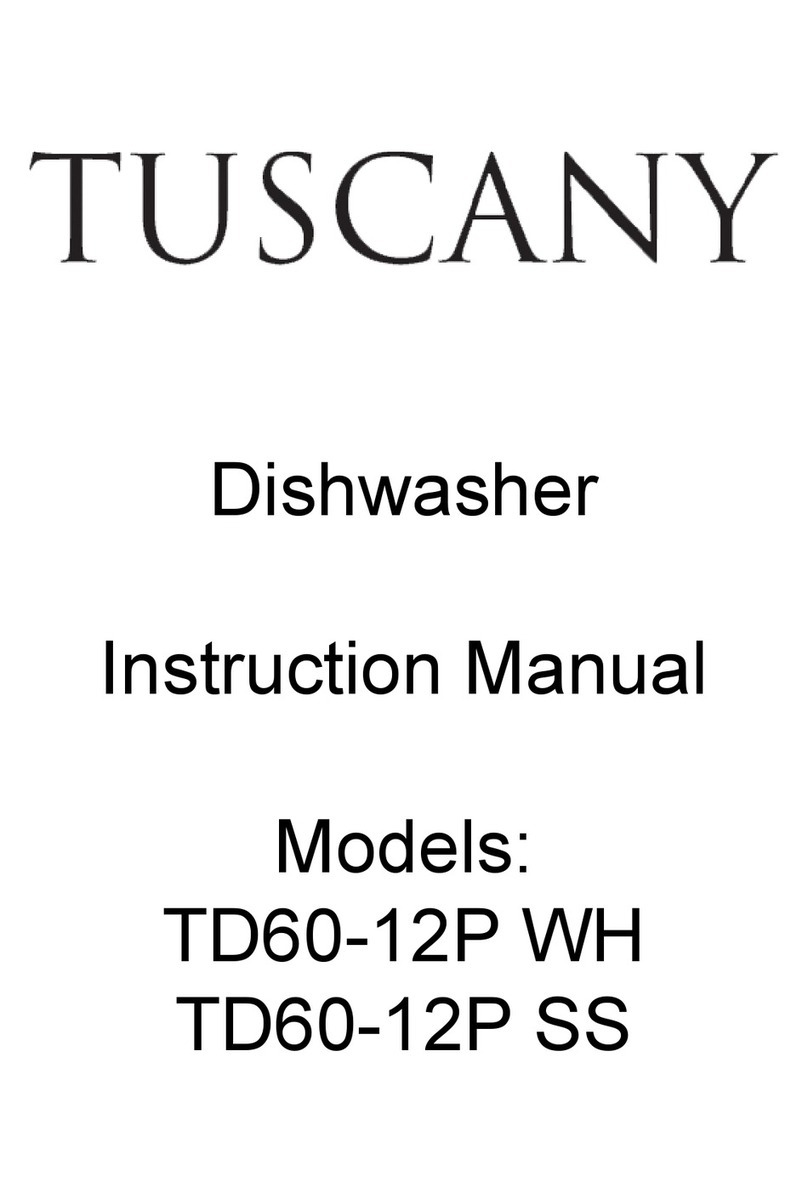AEP Networks ATAG VA6011LT/PT User manual

ATAG
VA6011LT/PT
VA4511AT
VA5511AT

- 2 -
10.2001 A. B. 599512126 EN
Index
1. Technische Daten .............................................................................................4
1.1 Dimensions .......................................................................................................4
1.2 Components......................................................................................................5
1.3 Function mode of the condensing drying.........................................................11
2. Repair informations .........................................................................................15
2.1 Position of Components..................................................................................15
3. Examples for Panels and Circuit Diagrams ....................................................18
4. Instructions for Use .........................................................................................24
4.1 New Cycles and Options.................................................................................24
4.2 General............................................................................................................24
4.3 Displays of Cycle Run and Condition ..............................................................25
4.4 Input.................................................................................................................26
4.5 Set the Water Softener....................................................................................29
4.6 Switching off the buzzer..................................................................................31
4.7 Rinse-AidAddition ...........................................................................................34
4.8 Function of “superwash” or “soaking” options .................................................37
4.9 New Automatic Cycles ....................................................................................38
4.10 Fuzzy Detection of Load .................................................................................39
4.11 EnergyLabelAAA............................................................................................40
4.12 “Eat, Load and Run” ........................................................................................41
4.13 Function of “Tablets” Option............................................................................42
5. Water Course Scheme ...................................................................................43
6. All-Around Water Protection ............................................................................44
6.1 Aqua-ControlInletHose...................................................................................44
6.2 LeakageProtection .........................................................................................44
6.3 Electronic Control of Filling Times...................................................................44
6.4 All-Around Water Protection ............................................................................45
7. Pulsed Washing..............................................................................................46
8. WaterIntake ....................................................................................................46
8.1 Water Intake and Pulsed Washing ..................................................................48
8.2 Water Course Scheme for Water Intake.........................................................49
9. Pumping Out ...................................................................................................50
9.1 Installation of the Drain Hose...........................................................................50
9.2 Water Course Scheme for pumping out .........................................................51
10. Regeneration...................................................................................................52
10.1 Regenerating Phases and Condenser Drying.................................................52
10.2 Water Course Scheme for Regenerating........................................................54
11. Service Functions ...........................................................................................55
11.1 Call for the Manufacturing Test Routine ..........................................................55
11.2 Call for Selection of Single Actuators ..............................................................58
11.3 Output of the Service Fault Memory................................................................58
11.4 Deleting the Fault Memory and LED Test........................................................59
11.5 Survey of Fault Indications – Display C ...........................................................60
11.6 Survey of Fault Indications – Display A ...........................................................61
11.7 Short Survey of Service Functions..................................................................62

- 3 -
10.2001 A. B. 599512126 EN
12. Cycle Structure ...............................................................................................63
12.1 Cycles for Dishwasher without Rotary Slide
Easytronic +, Control Electronic 111 573 600,111 577 800 ............................63
12.2 Cycles for Dishwasher with Rotary Slide
Easytronic +, Control Electronic 111 573 600,111 577 800 ............................64
12.3 Cycles for Dishwasher without Rotary Slide
Easytronic, Control Electronic 111 578 100,111 578 200 ...............................65
12.4 Legend ............................................................................................................66
13. Measuringpoints .............................................................................................66

- 4 -
10.2001 A. B. 599512126 EN
Build-in dimensions for Built-Under
Dishwashers
Build-in dimensions for Integrated
Dishwashers
1. Technische Daten
1.1 Dimensions
Build-in dimensions for Fully Integrated
Dishwashers
Dimensions for Freestanding Dishwasher
Height 85 cm
Width 60 cm
Depth 60 cm
Height with worktop removed 82 cm
Feet adjustment 1 cm
* Appliances
withheight
adjustable
feet
* Applianceswithheight-adjustablefeet
Plinthheightforappliances820mmhigh
100-175 mm
Plinthheightforappliances870mmhigh
150-230 mm

- 5 -
10.2001 A. B. 599 51 21 26 EN
1.2 Components
Circulation Pump
The circulation pump is driven by an asynchronous motor with
an auxiliary winding. The auxiliary winding ist in circuit with a 4
mF capacitor. A tacho generator is used for speed control. The
circulation pump is driven with different rotational speeds
between 1600 1 min and 2800 1 min, capacity 50 W. The
circulation pump supplies all spray levels simultaneously.
Circulation Pump with rotary slide
The circulation pump is driven by an asynchronous motor with
an auxiliary winding. The auxiliary winding ist in circuit with a 4
mF capacitor. A tacho generator is used for speed control. The
circulation pump is driven with different rotational speeds
between 1600 1 min and 2800 1 min, capacity 50 W.
At the pressure connecting piece of the circulation pump there
is a rotary slide which guarantees the water supply to the upper
sprayarm alternating with the lower sprayarm and the ceiling
shower and or the ceiling sprayarm. During the heating phase
only the upper sprayarm is operating.
rotary slide drive with
positioning contact
rotary slide
circulation pump
Ceiling Sprayarm
The new cutlery basket is placed at the upper dishwasher
basket. The ceiling sprayarm sprays the water directly onto the
cutlery basket and guarantees an excellent washing result with
the cutlery placed in that basket.
Drain Pump
The drain pump is driven by a synchronous motor.
Power output 26 W.
Pump rate 15 l min.

- 6 -
10.2001 A. B. 599512126 EN
Flow Heater
The flow heater heats the water to the required temperature.
During the wash cycle, water is contantly passing through the
flow heater and is located in the water circuit in front of the
upper sprayarm.
Power output 2100 W
Resistor 25 W
Protector 98 °C ± 5 K
Thermal fuse 260 °C
Detergent / Rinse Aid Combination Dispenser Unit 1
This detergent dispenser has only been used at the beginning of
the series.
Detergent dosage = 20 ml - 30 ml
Rinse Aid capacity 150 ml
Dosage settings 1 - 6
Quantity 1 cm3- 6 cm3
The detergent dispenser is activated by a release coil. The first
operation adds the detergent, and the second the rinse aid. If
the door is opened, the latching bar is reset to the detergent
dosage position.

- 7 -
10.2001 A. B. 599512126 EN
Detergent dispenser 2
Dosing of detergent prewash 10 ml
wash 20 – 30 ml
Dosing of rinse-aid position 1 – 6 2 ml – 7 ml
Capacity 140 ml
display “lack of rinse-aid”
dosing of rinse-aid
maximumfillinglevel
outlet of rinse-aid
detergent tray
detergent tray for prewash
coil on
off time
The detergent compartment 1 is filling corresponding to
the set dosing quantity when the door is open. Possibly
existing rinse-aid in compartments 2 and 3 flows back into
the storage tank of the rinse-aid. The detergent trays are
filled up. The door will be closed and the detergent for
prewash will be rinsed out through the slots in the
detergent dispenser cover.
During the washing cycle the coil is switched on and the
detergent compartment cover releases the detergent. The
rinse-aid flows from compartment 1 into compartment 2.
After switching off the coil, the rinse-aid flows from
compartment 2 into compartment 3.
coil on
off time
coil on
off time

- 8 -
10.2001 A. B. 599512126 EN
During the rinse cycle, the coil will be switched on when the
rinse is warmed and the rinse-aid runs from compartment
3 into the rinse tank. At the same time, the remaining rinse-
aid (15 %) runs from compartment 1 into compartment 2.
With the coil switched off, the rinse-aid flows from
compartment 2 into compartment 3.
During the rinse cycle, the coil is always switched on twice.
When it is switched on the second time, the remaining
rinse-aid flows into the rinse tank.
Electronic
On electronic models, a micro processor controls all
components, this is done using triacs. The electronic also
memorizes all programme data.
The software is continuously developed further. The later
described software-dependent sections refer to the following
numbers:
Easytronic + 2. software 111 573 600
111 577 800
Easytronic 4. software 111 578 100
111 578 200
These electronics are programmed in the factory and then
receive a service PN number. As spare part you can only get
the current software. Older versions are dropped. The
assignment is determined by replacement notes.
coil on
off time
coil on
off time
coil on
off time

- 9 -
10.2001 A. B. 599512126 EN
Input Module
The programs are selected via the input module, which is
mounted in the door. All components are connected to this
module.
The key layout can be vertically or horizontally.
Output Module
Depending on models displays are integrated into the output
module.
o salt
o rinse aid
o water
o filter
o display
o residual run time
o delay start
o faultdisplay
o water hardness
o program cycle display
Fully integrated control Panel
1 Inputmodule
2 Output module
The panel is always supplied completely when needed as spare
part.
Servo Door Lock
Fully integrated dishwashers have a servo door lock. Once the
program has started the door is locked automatically, however
the door can be openend by using extra effort.
Interference Filter
The interference filter is connected in the terminal board parallel
to the mains feed.

- 10 -
10.2001 A. B. 599512126 EN
Drying Fan 1
The drying fan sucks the humid air from the tub, and mixes it
with dry air which is drawn up from in between the door panels
(1) and blows it out through a vent situated below the door
handle (2).
During the wash cycle the fan intake vent on the inside of the
door is closed by a thermoelectric valve (3).
1
2
3
Condenser
Drying fan 2
The new drying fan is located at the top on the rinse tank.
Regenerating dosing with condenser
With every filling step, the condenser cools down due to the
cold incoming water. Therefore another 1 liter of water is
required during the drying cycle.

- 11 -
10.2001 A. B. 599512126 EN
1.3 Function mode of the condensing drying
Rinse tank, fan and regenerating dosing with condenser form a closed circuit. The humid air is sucked
from the top of the rinse tank and blown through an air guide between rinse tank and regenerating dosing.
Thereby the air gets dry and the condensate is guided to the drain tub.
The dry air gets through the rinse tank ventilation into the rinse tank. During the drying phase, the
condenser is additionally cooled with 1 liter of water.
fan
air guide for condenser
rinsetankventilation
drain tub

- 12 -
10.2001 A. B. 599512126 EN
Water Softening 1
The incoming water flows through the softener which works
according to the ion exchange principle. The ion exchanger is
filled with small epoxy resin balls. The resins exchange the
hardness constituents (calcium and magnesium), for sodium
ions.
When all the sodium ions are used up, it is necessary to
regenerate the softener. This is done by flushing a brine solution
through the softener.
Afterwards the softener is washed out with fresh water and is
now fully effective.
Depending on the water hardness, regeneration is only
necessary after several wash cycles.
The softening system is designed for a water hardness of up to
50°dH.
Water softening 2
The water softening can be adjusted in 10 levels. The incoming
water flows until positon 5 to 85 % through the softener which
works according to the ion exchange principle. The ion
exchanger is filled with small epoxy resin balls. The resins
exchange the hardness constituents (calcium and magnesium),
for sodium ions.
When all the sodium ions are used up, it is necessary to
regenerate the softener. This is done by flushing a brine solution
through the softener.
Afterwards the softener is washed out with fresh water and is
now fully effective.
Depending on the water hardness, regeneration is only
necessary after several wash cycles.
The remaining 15 % of water flow through the rinse tank
ventilationdirectly intothe appliance.
From setting of level 6, the whole water flows through the
softener. For this purpose you also have to set mechanically
from 0 to 1 with the regenerating dosing.
With the setting of level 9, it is additionally regenerated after the
washing in a rinse cycle. With the settings 1 to 8, it is
regenerated after the final rinse depending on need. The
softening system is designed for a water hardness of up to 70
°dH.
2
1
2
1
The components required for water
softening.
1. softener unit
2. regeneration dosage chamber

- 13 -
10.2001 A. B. 599512126 EN
NTC Temperature Sensor
Pressure Switch
The pressure switch controls the water level.
Without water, contact 11 - 12 is closed.
fN Switch point with level 65 mm Ws
Reset point with level 45 mm Ws
The pressure switch is not adjustable.
Electronic rotational speed detection for the upper spray-
arm
The rotation speed detection consists of a magnetic sensor
(Hall generator) which is excited/driven ? by a magnet in the
upper sprayarm.
The fault “sprayarm blocked” is indicated when less than 4
revolutions within 40 sec have been detected.
NTC temperature sensor
temperature/resistance 20 °C / 6032 Ω
25 °C / 4829 Ω
(only with fully electronic 30 °C / 3891 Ω
dishwashers) 40 °C / 2573 Ω
50 °C / 1741 Ω
55 °C / 1444 Ω
60 °C / 1204 Ω
65 °C / 1009 Ω
70 °C / 849 Ω

- 14 -
10.2001 A. B. 599512126 EN
Turbidity Sensor
The turbidity sensor function is only activated in cycles “AUTO
65° and AUTO BIO 50°”.
Function:
The input voltage with the turbidity sensor may be between 6 V and 11.4 V. (The measurements are
described in detail in the chapter “Measuring Points at the Electronic Control (in the base)”). For a clear
water the output voltage must always be 4.3 V. If that value differs due to soiling of the turbidity sensor
after a longer operational period, the Easytronic plus recontrols the input voltage with the turbidity sensor
automatically until the output voltage is 4.3 V. This happens during the final rinse cycle. If the 4.3 V is not
achieved within 8 seconds, the fault “C5” is stored in the fault memory. If the output voltage falls below 3
V in the prewash cycle and below 3.8 V in the intermediate rinsing cycle, turbid water will be detected.
With the service test routine the turbidity sensor will be calibrated to 3.5 V not with water but with air.
That corresponds to 4.3 V with water.
4,3V
output voltage intermediate
turbid water
4,3V3V
output voltage prewash:
turbid water clear water
3,8V
clear water

- 15 -
10.2001 A. B. 599512126 EN
2. Repair informations
2.1 Position of Components
Detergent dispenser (1)
Drying fan intake vent (2)
Spray arms (3)
12
3
3
1
2
input module (1)
output module (2)
1
2
1
34
2
Detergent dispenser (1)
Drying fan 1 (2)
Electronic (1)
Thermal sensor (2)
Drain pump (3)
Pressure switch (4)

- 16 -
10.2001 A. B. 599512126 EN
Flow heater (1)
Terminal board (2)
Inletvalve(3)
To remove side panel :
- Remove fixing screws
- Pull the panel away from the rear, and gently out of the
front trim.
1
2
3
1
2
1
Removing the regeneration dosage chamber :
- disengage locking tabs (1)
- disconnect hoses (2)
- holding the top of the chamber, pull upwards disengaging
it from the softener.
Removing the softener unit :
- remove the securing nut located under the salt cap.
- press softener (1) down and remove it through the front
from the base area
- CAUTION if accessible release reed switch.

- 17 -
10.2001 A. B. 599512126 EN
1
With base removed the circulation pump (1) is accessible.
1 circuit pump
2 turbidity sensor
Removing the base :
- remove side panels, rear panel and plinth panel
- gently release base fixing clips with a screwdriver (figure)
- take off base carefully and release circulation pump,
electronic and heater relay
- disconnect the float switch
2

- 18 -
10.2001 A. B. 599512126 EN
3. Examples for Panels and Circuit Diagrams
Easytronic + maximum equipment
Control electronic 111 573 600
Circuit diagram 111 569 200
Circuit diagram 111 569 200
Circuit diagram of fully-integrated dishwashers 111 568 900

- 19 -
10.2001 A. B. 59951 21 26 EN
Circuit diagram 111 569 200

- 20 -
10.2001 A. B. 59951 21 26 EN
Circuit diagram 111 568 900
This manual suits for next models
2
Table of contents
